Elementary

Our Elementary years give children the chance to explore the world with wonder, as they move, explore, create and learn together.


A warm welcome from our Principal

Welcome!
Here at International School of Wuxi we make sure our Elementary students have the best transformative, holistic-educational experience possible. We nurture a strong, dynamic school community through our highly qualified staff, hardworking students, and caring, involved families.
I’m excited to have the opportunity to serve our school community. I look forward to partnering with you to help our students reach their full potential, enjoy learning, and be challenged to grow academically, socially and emotionally.
Warmly
Dr Christopher Narh
ECC + Elementary Principal
Bringing the curriculum to life

[Title]
[Text]

[Title]
[Text]

[Title]
[Text]
Our Elementary teaching team
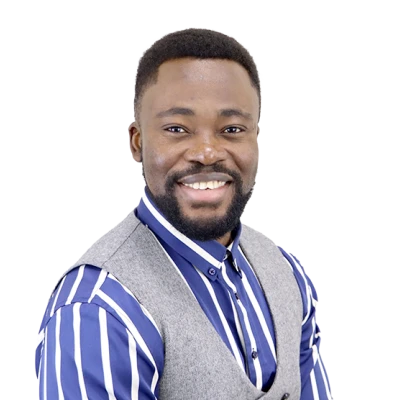
Dr Christopher Narh
Early Childhood + Elementary Principal
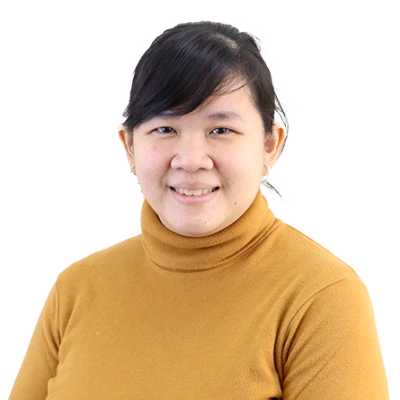
Regina Arum
Elementary Teacher
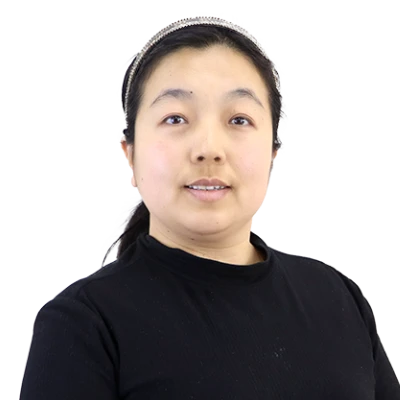
White Bai
CLTC Teacher
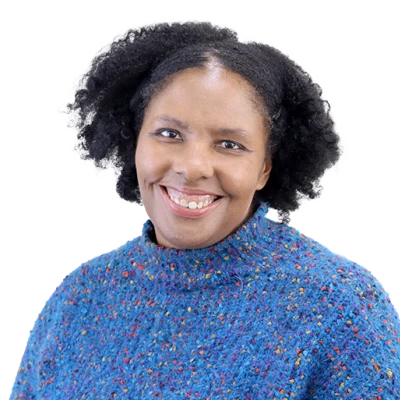
Amber Coxfield
Elementary Teacher

Athena Hu
Specialist Teaching Assistant

Joy Jiang
Specialist Teaching Assistant
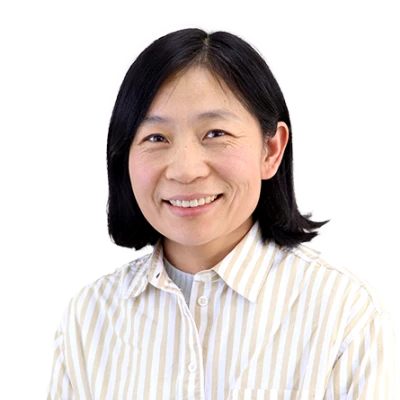
Jing Liu
General Teaching Assistant
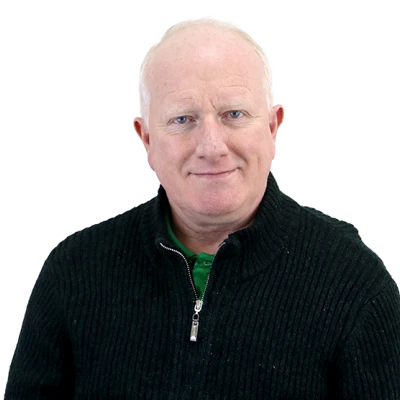
Bryan Walker
Elementary Teacher

Dahlia Zhang
General Teaching Assistant
Recognized for excellence

International School of Wuxi is accredited by Cognia, the largest education improvement organization in the world—demonstrating our commitment to learners, teachers, leaders and communities.
Grow academically and beyond
Ready to receive the highest quality education in a warm, caring and encouraging community?